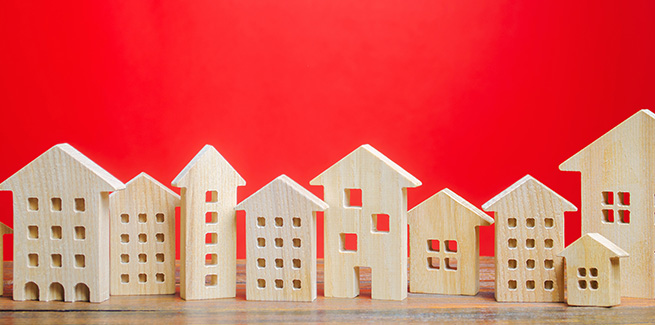CoreLogic’s latest Pain and Gain report showed that despite the contraction in transaction activity, and the significant declines in employment, inflation and GDP over the June quarter, the rate of loss-making sales increased by only 50 basis points to 12.8 per cent in the June quarter.
The property research group said the marginal increase in the rate of loss-making sales nationally could be due to the housing market being insulated by a range of “institutional responses” to the coronavirus pandemic.
“Mortgage repayment deferrals have reduced the incidence of distressed sales, and kept stock level low, which may have supported dwelling prices,” the report said.
“Low mortgage rates and sustained bank liquidity have also helped limit further price reductions, which would otherwise see a more dramatic increase in the rate of loss-making sales.”
Furthermore, while the trend in loss-making sales has changed over time, these changes tend to happen slowly due to the nature of housing as an asset.
“Between March and August, national property values only declined about 2 per cent, and a strong upswing in national property values between mid-2019 and early 2020 – prior to COVID 19 – will have insulated many home owners from making a loss,” the report said.
“Dwelling values are higher over the year across every capital city market except Perth and Darwin.”
The report noted, however, that while the increase in loss-making sales may not have been as high as anticipated during this period, the portion of loss-making sales is relatively high historically.
“Loss-making sales are at the highest level since August 2019, where the national housing market was just recovering from one of the longest and largest downturns on record,” the report said.
The 12.8 per cent of loss-making sales is well above the five-year average of 9.8 per cent.
Nationally, gross profits for the June quarter totalled $16.9 billion, down from the $19.8 billion recorded in the previous quarter. The total loss incurred was also less in the June quarter, down from $908.6 million to $775 million.
These figures have coincided with a decline in national property market values of 0.8 per cent in the June quarter, and a further 1.0 per cent through to August, bringing the total decline in property values to 1.8 per cent since the end of March.
“The reduction in the volume of loss-making sales reflects a reluctance to sell when economic conditions are weak,” the report said.
“This reluctance may have been facilitated by mortgage repayment deferral policies through the pandemic, where those who are currently unable to service their mortgage may not have had to sell through the June quarter.
“However, since June, there have been instances of lenders signalling that distressed borrowers, particularly investors, should look to sell before the end of repayment deferrals. This could see an increase in loss-making sales over the following two quarters, particularly in more high-risk, investor-concentrated markets.”
During the June quarter, investors experienced a higher incidence of loss-making sales (18.0 per cent) than owner-occupiers (11.1 per cent), while houses had a higher rate of profit-making sales nationally (89.6 per cent) than units (79.3 per cent).
The portion of loss-making sales rose in six of the eight capital city markets in the quarter, with Darwin and Perth recording the highest portion of loss-making sales, at 52.1 per cent and 36.2 per cent, respectively.
However, Perth did not see a quarterly increase in the portion of loss-making sales, indicating a stabilising, or even potential recovery, of its housing market.
Despite being relatively resilient through the coronavirus pandemic, the ACT recorded the biggest quarterly increase in the rate of loss-making sales, increasing 1.9 percentage points to 12.8 per cent.
According to CoreLogic, the result is explained through the weakness in the unit market, with the rate of loss-making sales in ACT units reaching its highest level since January 2017.
[Related: Melbourne homes linger longer on market]
 ;
;
